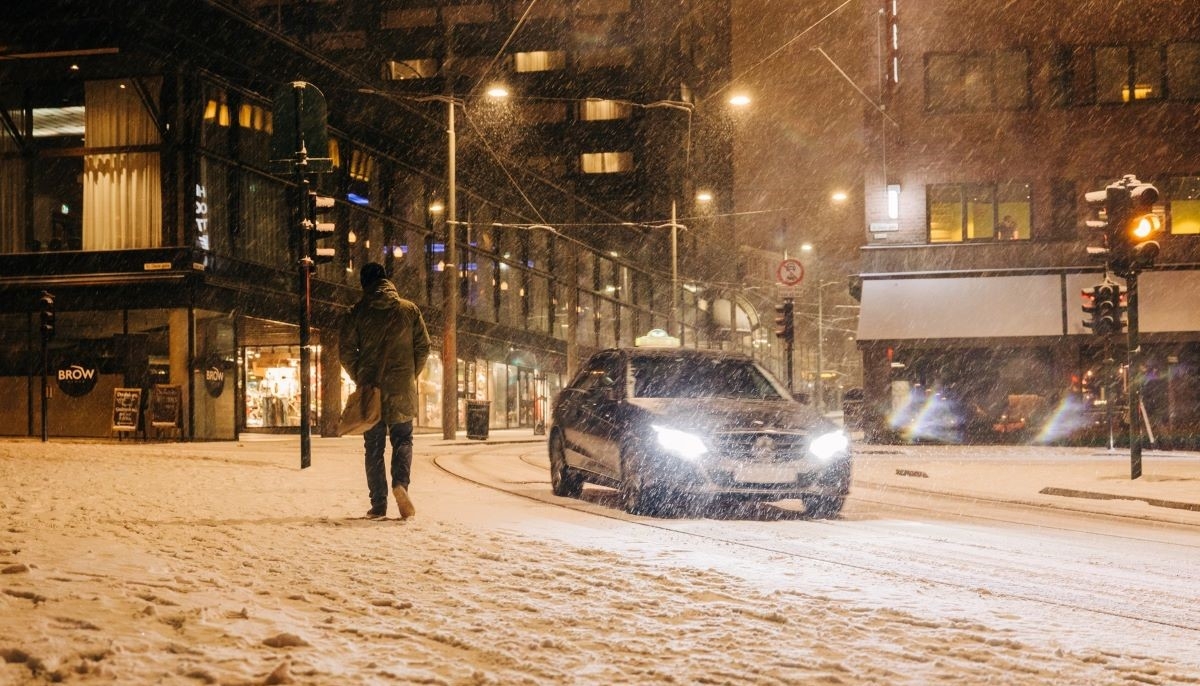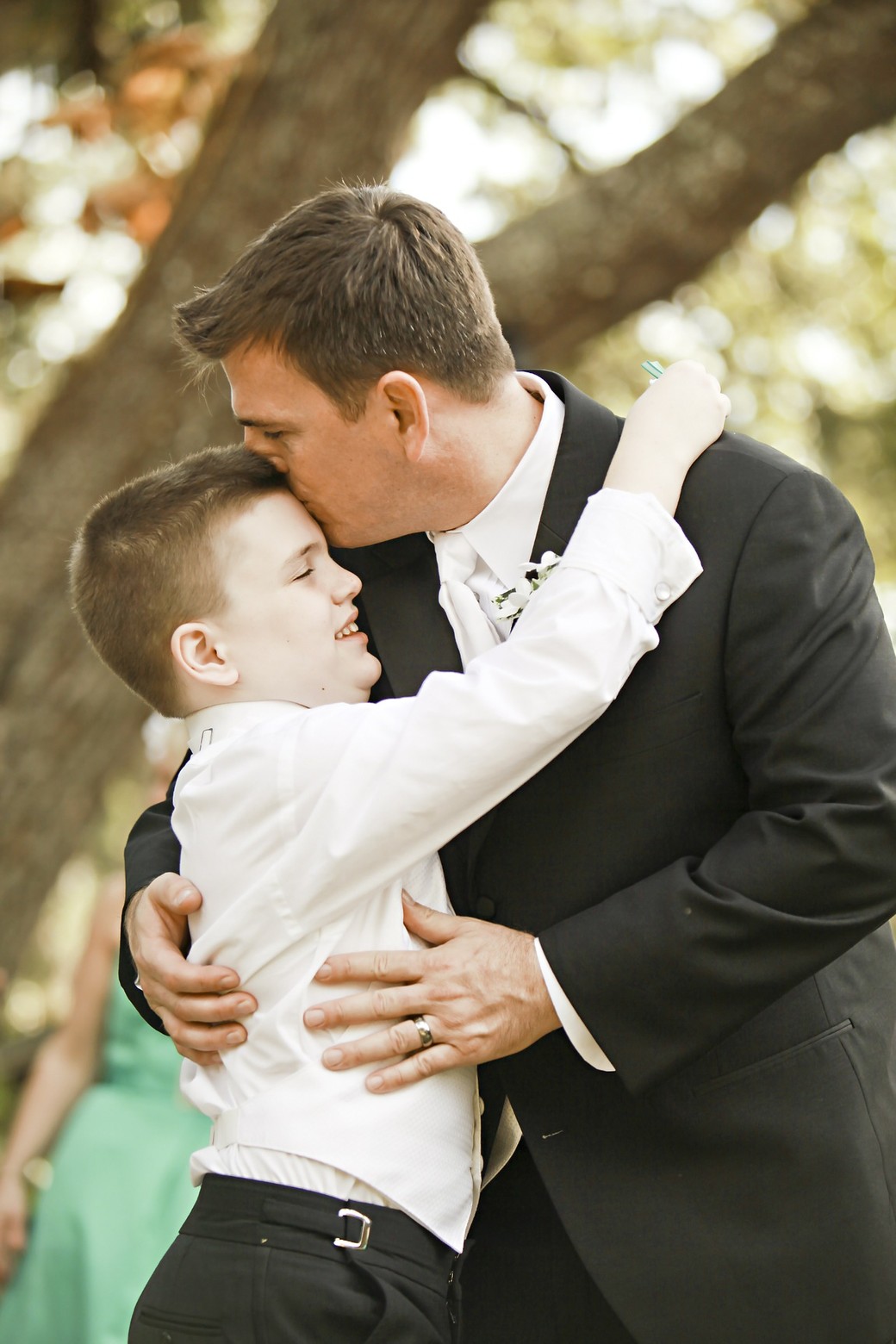
Why you should care about snow and ice management
Now that we are entering the winter season, nobody knows when ice and snow can strike. You might be lucky enough to avoid it entirely, but for many businesses, the logistical nightmare of trying to operate in thick snow and ice can be a significant problem. Every single person who goes out in these cold weather conditions could end up badly hurt if things go wrong, and preparing for it is the easiest way to ensure that employees don’t end up badly injured.
Responsibility
A property owner is directly responsible for managing and removing snow and ice, just like any other major risks and threats that can naturally occur during the average working day. It is a form of property management in the same way that repairing damaged brickwork or replacing broken stairs are. For customer-facing businesses, this is even more important since innocent people could be harmed or killed if the right precautions aren't taken.
This doesn’t make non-customer-focused properties any less important, though – any workplace can be dangerous if ice is allowed to build up or snow can block emergency doorways. While employees can be directly told about areas that they should avoid, it can be harder to control customers, so putting the right precautions in place can prevent accidents that you will be responsible for.
Be sure to document everything that you do in terms of snow and ice management, no matter how small. If a customer manages to hurt themselves by falling over in an area that you have already completely cleared of snow and ice, you have a better defense if they attempt to get legal compensation. On the other hand, if a customer is hurt because of your own negligence, you don’t have that same chance of protection.
Standards for Snow and Ice Removal
As pointed out in Kleenway Services' guide on facility snow and ice management best practices, a lot of attention has been placed on a facility operator’s ability to manage snow and ice when it becomes a risk. Like any workplace or equipment-based risk, a facility needs to be managed in a way that can minimize the impact snow and ice will have, especially concerning the health and safety of employees working under those conditions.
It even led to the creation of the Accredited Snow Contractor’s Association (also known as ASCA) in 2010, which was a big step towards narrowing down an idea of the best practices that businesses had to follow, as well as the Snow & Ice Management Association (SIMA).
At the very minimum, property owners and managers in the USA are expected to have safe walking surfaces that fit under the ANSI Provision of Slip Resistance of Walking/Working Surfaces standard. This essentially means that employees need to have surfaces that they can safely walk on, regardless of how this is carried out: covered areas, gritted paths, or even areas that are shoveled every morning to move the snow away.
Property owners have a shared responsibility with contractors or subcontractors to ensure that the area is safe and suitable for use. If something is ignored and a person is injured, both the contracted group (for failing to make the space safe) and the property owner (for failing to ensure that the contractors did their job) could be responsible.
Documented Practices
Certain practices have been singled out as key standards that property managers should meet. These are only a handful of the most important actions that a business can take, but they are also some of the most important and are very common causes of employee injury.
- Parking lots have to be inspected for suitability: their overall condition, the amount of drainage they have if the snow and ice melt, and any low spots where water could pool before it freezes again.
- Sidewalks or other walkways should be inspected for low spots too, especially in high-traffic areas.
- Walkways should be checked for trip hazards, either ice-related or other pre-existing hazards.
- Exterior stairs and steps should be properly inspected for quality and safety: whether they are non-slip, if they are made of materials that can deteriorate and rot, and how suitable their handrails are. Ideally, you may also want to set up a temporary alternative to sloped surfaces if possible.
- Important equipment, such as shovels and salt for clearing out snow, should be stored in accessible areas that can be reached in emergencies.
- Drainage channels and outflows should be clean, clear, and drain away from important walking surfaces or areas often used.
- Pathways should be identified ahead of time so that they can be salted or shoveled without causing damage to nearby equipment or landscaping.
Protecting Customers
Employees aren’t the only ones at risk: customers are just as likely to get hurt on your property, and failing to properly communicate safe areas or mark out usable paths can make this much more likely. If you place down the right signs and do your best to eliminate any chance of slips and falls, an injured customer won’t necessarily be your fault.
- Properly communicate areas that customers shouldn’t use or things that they shouldn’t attempt to do, such as using staircases that haven’t been cleared of ice yet.
- Block off any space that customers may attempt to use that hasn't been inspected yet, even if it looks clear – clear ice, or 'black ice,' is almost transparent and can be incredibly dangerous.
- Mark out any parking spaces that are too slippery to use.
- Clear roof areas that might drop snow or icicles on passers-by, especially in high-traffic spaces.
You can find more detailed lists and documentation on the ASNI and SIMA websites. However, most property managers can use common sense to eliminate most of the risks they might face.
Carrying Out the Work
In many cases, snow and ice management is carried out by a third party, usually a contracted group rather than already-existing employees. In almost all institutional, retail, and commercial facilities, the property manager is the one responsible for building maintenance tasks and management, meaning that the task of contracting that third party falls to them.
Business owners may choose to hire temporary employees or make snow removal part of the job description for janitorial or maintenance staff, but this option might not be available. Remember that ice removal equipment and tools will need to be purchased or hired if existing employees are given the task, too.
Using a third-party company can be more convenient for most businesses, especially if they expect to have a larger workload during the winter season. Of course, preventing a future build-up of ice and snow works best when the existing layers have been removed, and there may be times when another method (such as adding a temporary roof to an outdoor walkway) can be the most effective way of future-proofing a high-traffic space.
Remember that snow and ice will appear at different rates and for different reasons. It is possible to have an outdoor area covered with only snow, meaning that you can clear it easily with snow shovels or grit. On the other hand, a space might become wet and icy without much snow, requiring slightly more work to clear up. In both instances, keeping a space dry and covered negates almost all change of snow and ice building up.
Photo by Steve Long, Unsplash











